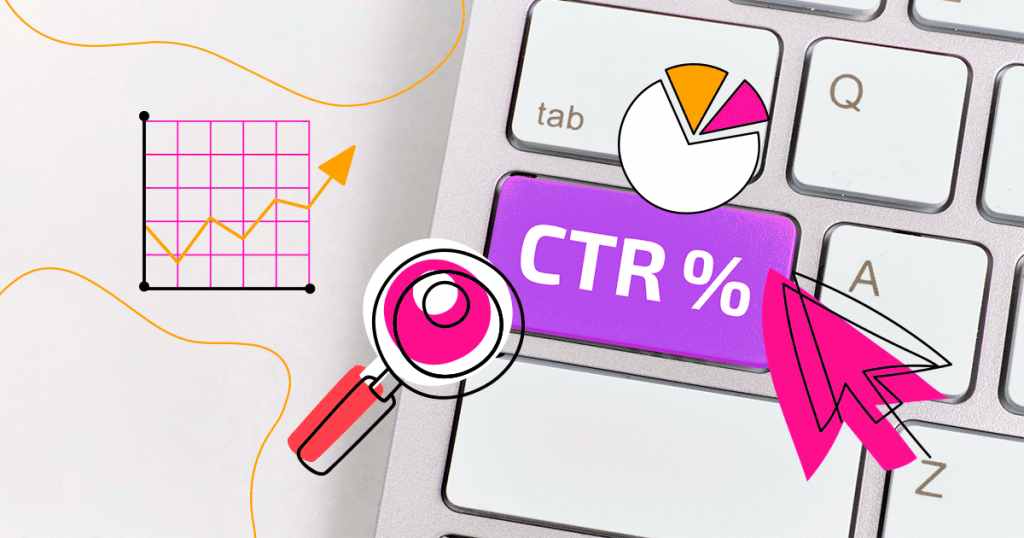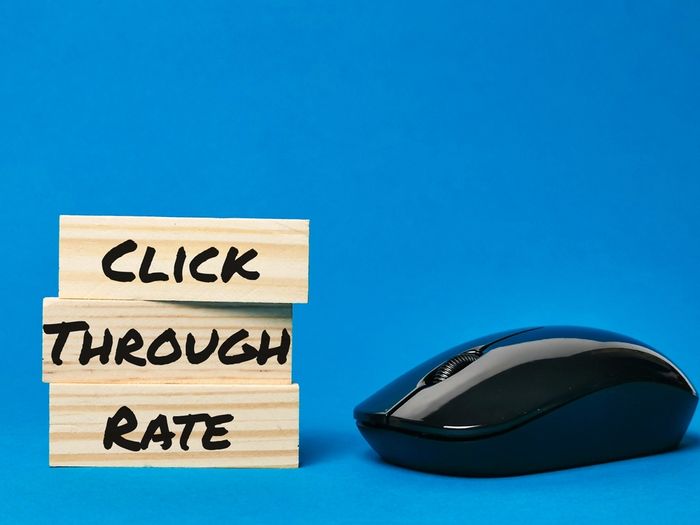Boost Your Click-Through Rates with Efficient CTR Manipulation Methods
Boost Your Click-Through Rates with Efficient CTR Manipulation Methods
Blog Article
Exactly How to Gauge the Impact of CTR Adjustment on Your Advertising And Marketing
Comprehending the nuances of click-through rate (CTR) control in marketing is crucial for companies striving for genuine user involvement. By checking out crucial metrics such as conversion prices and bounce prices, marketing professionals can discover possible discrepancies that might occur from artificial improvements.
Understanding CTR Adjustment
Understanding CTR adjustment is vital for online marketers looking for to maximize their campaigns and make sure information integrity. Click-through rate (CTR) refers to the ratio of customers that click on a specific web link to the total number of customers that view the ad or web content.
The implications of CTR manipulation prolong past plain information distortion; they can undermine rely on electronic advertising and marketing. When companies rely on inflated metrics, they may buy inadequate projects, ultimately damaging their roi. Furthermore, systems might punish marketers involving in such practices, resulting in more implications for their advertising efforts.
To effectively combat CTR manipulation, marketing professionals have to create an extensive understanding of their data resources and analytics devices. By employing sophisticated monitoring techniques and scrutinizing web traffic sources, they can determine irregular patterns and ensure that their efficiency metrics show authentic customer involvement - CTR Manipulation Press Release. This alertness is vital for cultivating long-lasting success in a significantly affordable electronic landscape
Key Metrics to Examine
Efficient analysis of key metrics is critical for assessing the true performance of marketing campaigns and identifying prospective CTR manipulation. One main metric to take into consideration is the Click-Through Price (CTR) itself, which stands for the ratio of individuals that click an advertisement to the complete number of users who view it. A sudden spike in CTR might suggest control, demanding additional investigation.
In addition, keeping an eye on conversion prices is essential. A high CTR with a reduced conversion price can signal that the clicks are not authentic or that the targeting is misaligned (LinkDaddy CTR Manipulation). Examining bounce rates can offer insight right into user interaction; a high bounce price after a click may suggest that the web traffic is not quality-driven.

Tools for Measurement

Furthermore, A/B screening devices such as Optimizely or VWO can facilitate testing with numerous advertisement variations to determine which elements drive greater CTR. These devices enable marketers to analyze real-time performance and make data-driven adjustments. Social media site analytics tools, like Hootsuite or Sprout Social, can likewise be critical in understanding CTR within social platforms, offering insights into audience actions and involvement fads.
Furthermore, article source heat mapping tools, such as Hotjar, can disclose how customers connect with advertisements, aiding to determine where enhancements can be made. Incorporating these devices creates a robust dimension structure, allowing online marketers to discern the impacts of CTR control effectively. Eventually, the ideal choice of dimension devices is essential for making notified advertising decisions and enhancing campaign efficiency.

Evaluating Long-term Impacts
One should take into consideration the lasting results of CTR adjustment on overall advertising and marketing efficiency, as temporary gains can typically mask deeper effects. Gradually, artificially blew up click-through rates might bring about diminished trust fund from customers and online search engine alike. When customers continuously experience deceptive techniques, they may come to be hesitant to involve with the brand, causing reduced conversion prices in the future.
Furthermore, formula updates from systems such as Google are made to focus on authentic involvement over inflated metrics. Consequently, companies that rely on CTR adjustment might find themselves penalized, resulting in a decrease in natural reach and presence. This can have a cascading effect on brand reputation and customer loyalty, eventually threatening the very goals that the initial manipulation looked for to achieve.
Moreover, the data gathered from manipulated CTR might misdirect marketing experts in their strategy advancement. Depending on skewed information can result in misguided campaigns that fail to reverberate with the target audience, bring about wasted resources and missed out on chances. For that reason, it is essential for marketing experts to analyze the lasting implications of CTR manipulation and focus on sustainable, moral interaction strategies for lasting success.
Moral Considerations in CTR Manipulation
In the world of digital marketing, moral factors to consider bordering CTR manipulation are paramount. While the wish to enhance click-through prices (CTR) can lead to short-term gains, the prospective long-lasting consequences on brand name integrity and customer depend on can not be ignored.
Furthermore, honest problems encompass compliance with laws such as the Federal Trade Payment (FTC) standards, which mandate transparency in advertising and marketing. Falling short to stick to these standards can subject organizations to lawful implications and harm their online reputation. Marketers should consider the implications of their techniques on customer experience and the more comprehensive industry landscape.
Additionally, the surge of fabricated intelligence and automation in marketing presents more honest predicaments. Eventually, honest advertising and marketing practices ought to prioritize transparency, sincerity, and regard for the customer, promoting long-lasting connections that go beyond plain metrics like CTR.
Verdict
In verdict, determining the effect of CTR control on advertising needs a comprehensive analysis of key metrics, including recommended you read click-through prices, conversion prices, and bounce rates. Inevitably, a data-driven approach makes sure that advertising and marketing techniques are reliable and lined up with genuine user communications.
Comprehending the subtleties of click-through price (CTR) adjustment in advertising and marketing is vital for organizations making every effort for real user involvement.Efficient analysis of crucial metrics is vital for examining the real efficiency of advertising projects and detecting potential CTR manipulation.One have to consider the lasting results of CTR manipulation on general advertising performance, as short-term gains can often mask deeper implications.In the realm of digital advertising, ethical considerations surrounding CTR manipulation are vital.In final thought, gauging the influence of CTR control on advertising and websites marketing needs a detailed evaluation of essential metrics, consisting of click-through prices, conversion prices, and bounce prices.
Report this page